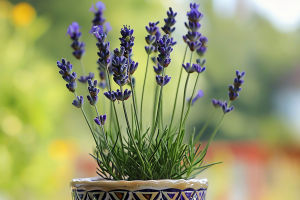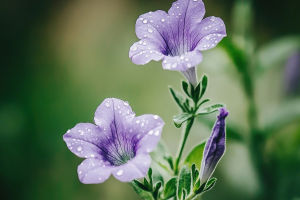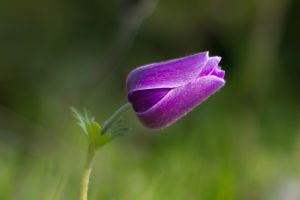Hey Lykkers! If you're dreaming of a garden that looks lush, full, and effortlessly tidy, groundcovers might just be your new best friends.
These low-growing plants do more than just fill space — they create a living carpet that helps prevent erosion, suppress weeds, and add charm to every corner.
In this guide, we'll dig into what makes groundcovers so magical. You'll discover how they grow, spread, and thrive — plus how you can pick the right ones for sun or shade, color or coverage. Let's explore the plant world from the ground up.
Part 1: Getting to Know Groundcovers
Before you start planting, it helps to understand what these quiet heroes do best. Groundcovers are diverse, adaptable, and come in more forms than you might expect.
How They Spread and Grow
Groundcovers don't grow tall — instead, they grow wide. Some send out runners (like creeping thyme) while others spread through underground stems called rhizomes (like lilyturf). You'll see them weaving into every nook and cranny, filling bare spots with green quickly.
When you're planting, space them out just a little and watch them fill in naturally over the weeks. You'll want to water regularly at first, but once they're established, many varieties need little attention. It's like setting up a self-sustaining plant blanket!
Types for Different Spaces
Sun or shade, dry soil or damp, there's a groundcover for every condition. Want something fragrant? Go for creeping thyme or woolly thyme. Need something shade-loving? Try sweet woodruff or ajuga. Looking for year-round color? Many evergreens like mondo grass or periwinkle can give you that lush look all year long.
Use your space and sun exposure as your guide. Walk through your yard at different times of day and notice where the light lands — then you'll be ready to choose the best match for your garden's personality.
Bonus Benefits
Groundcovers aren't just about looks. They help hold soil in place on slopes, reduce water evaporation, and even keep your yard cooler in the summer. Plus, if you choose flowering ones, you'll be giving pollinators a lovely landing pad. You get beauty, function, and eco-friendliness — all in one plant layer.
Part 2: Creative Ways to Use Groundcovers
Now that you've met the basics, it's time to get creative. Groundcovers can do so much more than just fill space.
Replacing Grass for Easy Care
If you're not in love with mowing, groundcovers can be a great alternative to grass in certain areas. For example, creeping Jenny or blue star creeper can soften pathways and grow between stepping stones. They stay low and green, and some even bloom for a splash of color.
Try planting them around patios, under outdoor seating, or on slopes that are tricky to mow. You'll cut back on maintenance and give your garden a softer, more organic look.
Soft Edging and Borders
Use groundcovers to frame your flower beds or line pathways. The natural spill of these plants adds movement and contrast next to taller flowers or shrubs. You can even mix different textures — something glossy like pachysandra next to something ferny like sweet fern creates a little visual rhythm.
Set them along the edges where lawn meets garden, or plant them in containers to cascade gently over the rims. It's a simple way to elevate your space without needing complex designs.
Living Mulch Around Trees
Tree roots don't love being crowded, but a soft layer of shade-tolerant groundcover can help protect the base of trees while keeping the area tidy. Try hosta, wild ginger, or barrenwort. These not only look great but also help retain moisture and prevent weeds from sneaking in.
When planting, just give the trunk a little breathing room and let your chosen groundcover fill in the rest. You'll be surprised how much it transforms the overall vibe of your yard.
Lykkers, ground covers are the quiet champions of the plant world. Whether you're building a low-maintenance yard, greening up tough spots, or just looking to add a cozy, finished feel to your space, these spreading plants have your back. From sun-loving blooms to shade-dwelling greens, you'll find the right match to fit your vision.
So next time you look down at a bare patch of soil, think of it as an opportunity. With the right ground cover, you're not just planting — you're creating a living quilt that brings beauty, balance, and calm to every corner.


